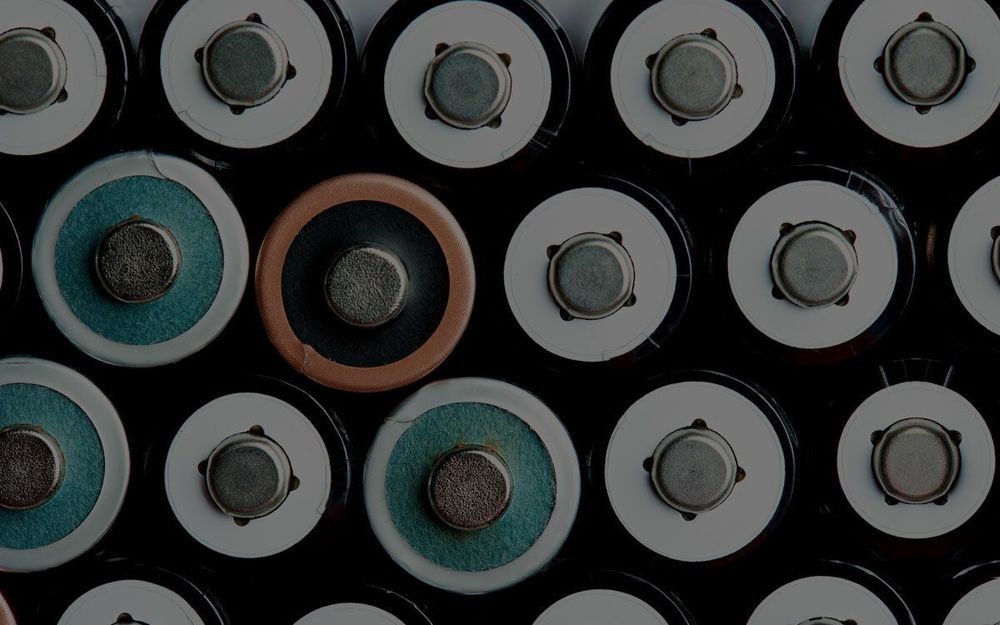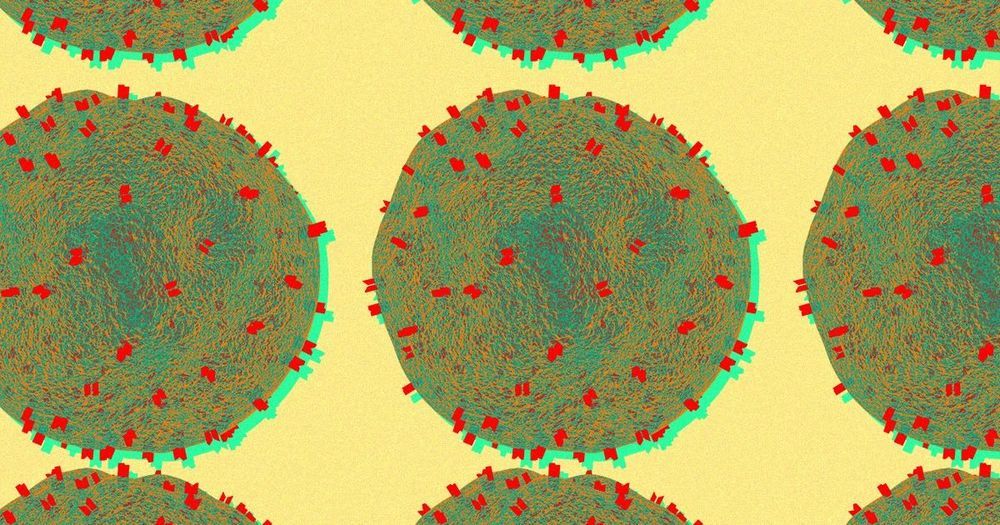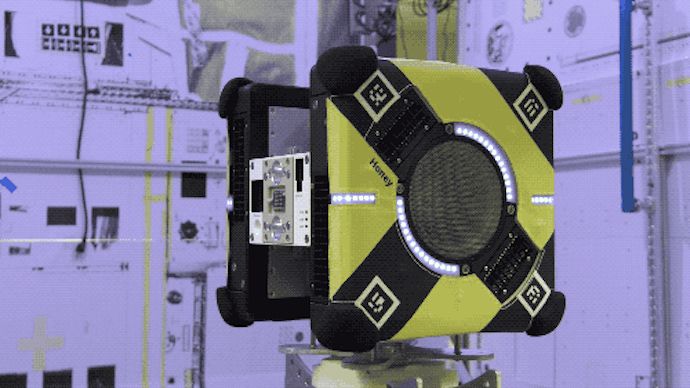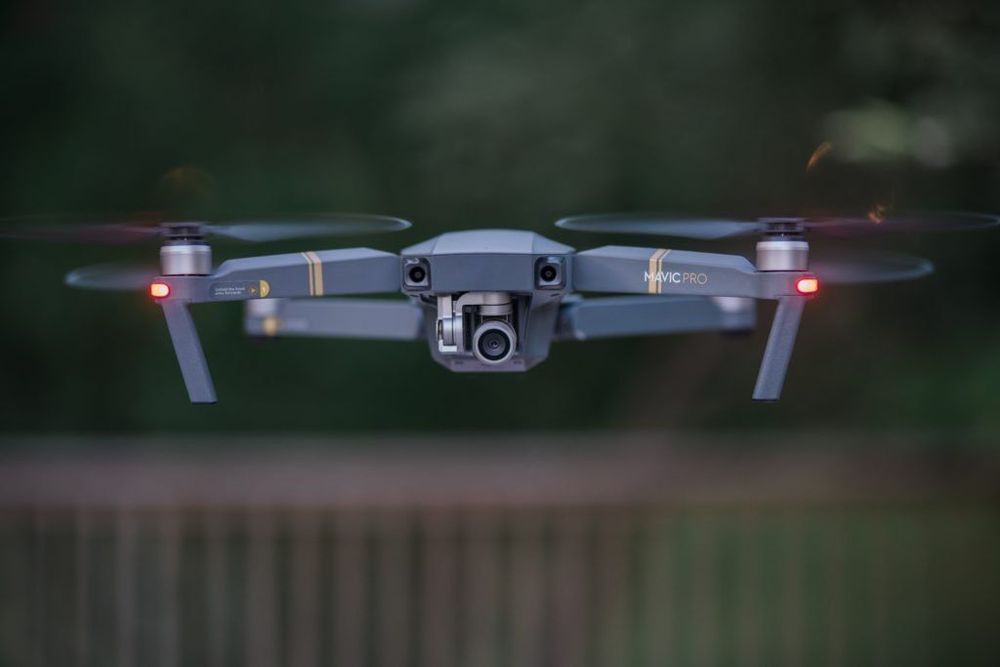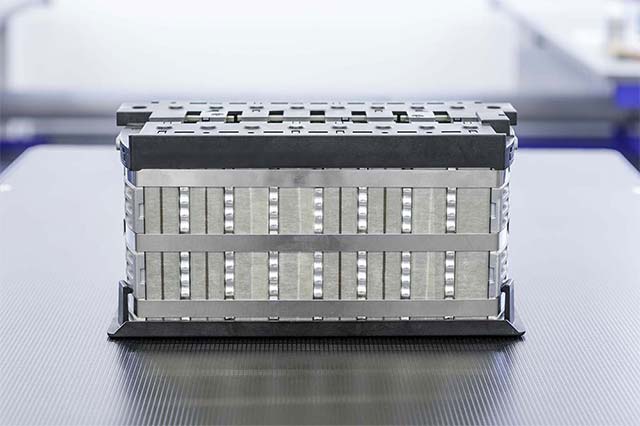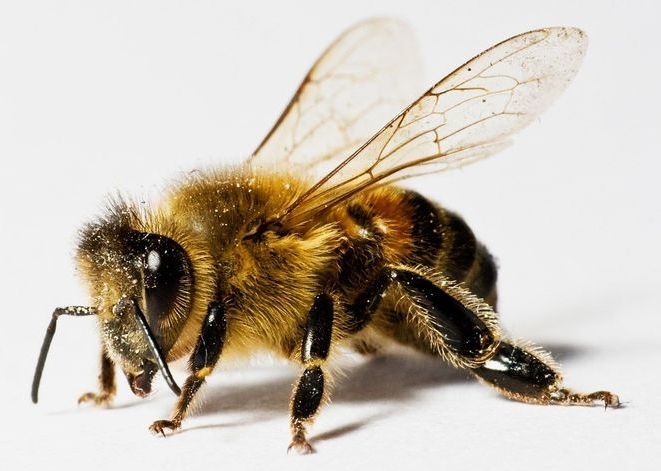Apr 5, 2019
The better batteries that will power your phone—and a green future
Posted by Quinn Sena in categories: food, mobile phones
It’s a difficult choice: Go hungry or go it alone.
When soldiers are weighed down on the battlefield by food supplies and the heavy battery packs that power their communication equipment, they often choose to ditch the rations. It’s a sacrifice made to keep devices powered up and communication lines open in the field.
Smaller, longer-lasting batteries would help lighten a soldier’s load, so USC researchers are working with the U.S. Department of Defense to develop better batteries that weigh half as much as current power packs.
Continue reading “The better batteries that will power your phone—and a green future” »
